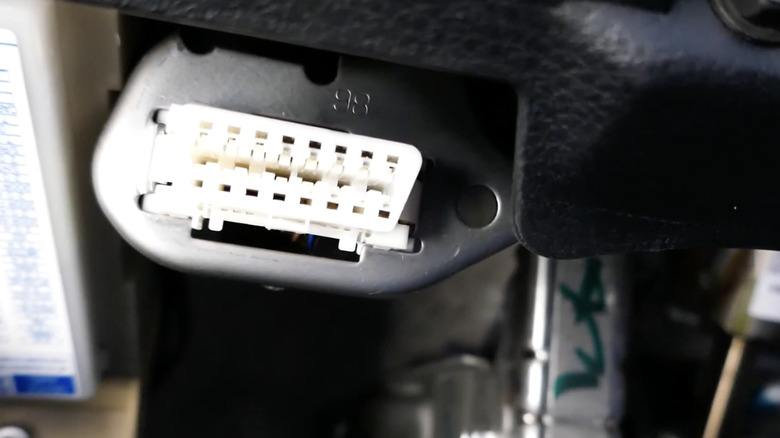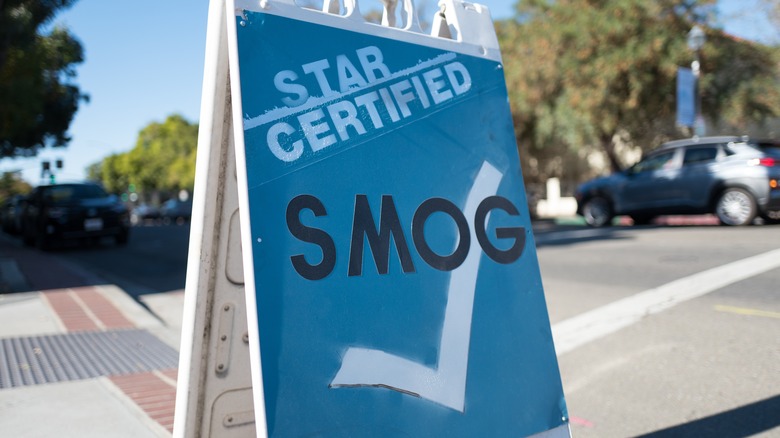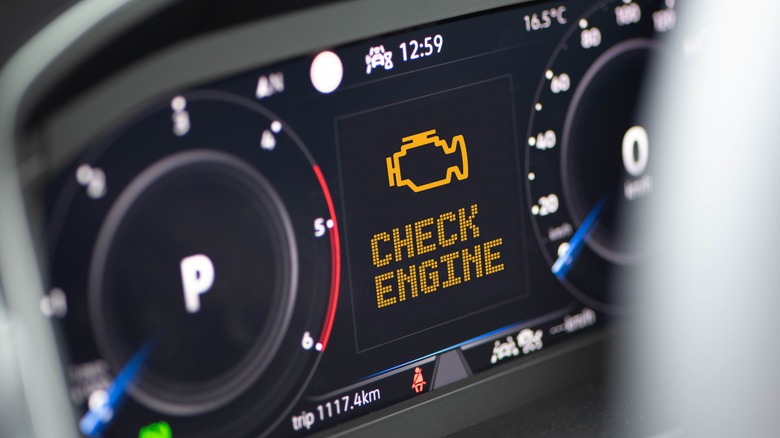The check engine light is that tiny, persistent dashboard icon that can instantly raise your stress levels. It’s usually a
sign that your car needs attention
, with issues ranging from something as simple as a loose gas cap to more serious problems like a faulty catalytic converter. Of course, you can choose to ignore it, but we strongly advise against doing so. In fact, a lit check engine light often indicates that your vehicle’s emissions system is malfunctioning, which can lead to increased pollution and potential damage to other components.
The complexity increases during inspection season as regulations differ from one state to another, making it seem akin to solving a complex riddle to determine your likelihood of passing. Numerous states now follow California’s stringent emissions criteria, whereas some continue adhering to the broader guidelines set forth by the U.S. Environmental Protection Agency.
Rules for Inspection and Maintenance (I/M)
These variations can influence what aspects are examined and how rigorously your vehicle is assessed, based on its age and specifications.
Read more:
8 Car Enthusiasts’ Picks That Are Ridiculously Oversold
It Often Indicates Failure, However, There Are Instances When It Doesn’t.

Generally, a lit check engine light is a red flag that leads to failure. If your vehicle is 1996 or newer, it’s equipped with an
Onboard Diagnostic system (OBD-II)
, which inspectors use to verify emissions compliance. During the inspection, they plug a scanner into the OBD-II port — usually located under the dashboard — to read data from your car’s computer. When the check engine light is on with the engine running, that’s an automatic fail for the emissions test — no questions asked.
That said,
not every state treats this the same way
Some inspections simply involve checking basic safety features like brakes, tires, and lights; in these cases, an illuminated dashboard warning may not necessarily prevent a sale. For instance, in North Carolina, emission testing is required only in 19 specific counties. Consequently, residents living elsewhere can pass their vehicle inspection solely based on passing a safety check, regardless of whether the engine indicator light is activated.
Exemptions include vehicles more than 20 years old, antique or parade editions, diesel-powered automobiles, along with specific low-mileage or relatively new versions.
may not require an emission test
At times, some states provide temporary exemptions if you have attempted to resolve the problem but were unsuccessful.
Steps to Take Before Inspection Day

If your check engine light has illuminated and your inspection deadline is imminent, there are several immediate steps you might consider taking. Occasionally this issue could be resolved with simple fixes.
A loose gas cap can activate the warning light.
, so tightening it might help. You could also try disconnecting the battery briefly to reset the system if you suspect it’s glitchy, which may temporarily turn the light off. However, it’s important to note that disconnecting the battery or using a scan tool to clear the codes will erase all stored diagnostic data, including freeze frame information and readiness monitors. That could make the light harder to diagnose if it comes back on.
Unfortunately, simply turning the light off doesn’t mean your car is ready for inspection. Your car’s onboard system needs to complete a full drive cycle before it will report that everything’s in working order. A drive cycle is basically your car’s way of self-testing its emissions systems. It involves a mix of city and highway driving over several miles until all internal monitors (usually eleven of them) show a status of “Ready.” Your car may not pass inspection if even one of those monitors says “Incomplete.”
Depending on your vehicle, completing a full cycle can take anywhere from a few short trips to several days of varied driving, especially if you recently cleared codes or replaced parts.
Want the latest in tech and auto trends?
Subscribe to our free newsletter
For the most recent news updates, detailed guides from experts, and practical advice delivered right to your inbox once an email.
Read the
original article on GAPTEKZONE
.



